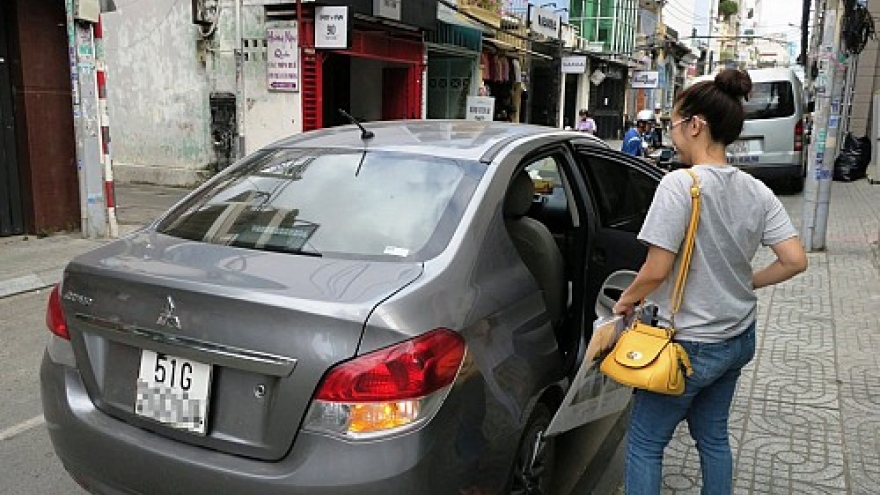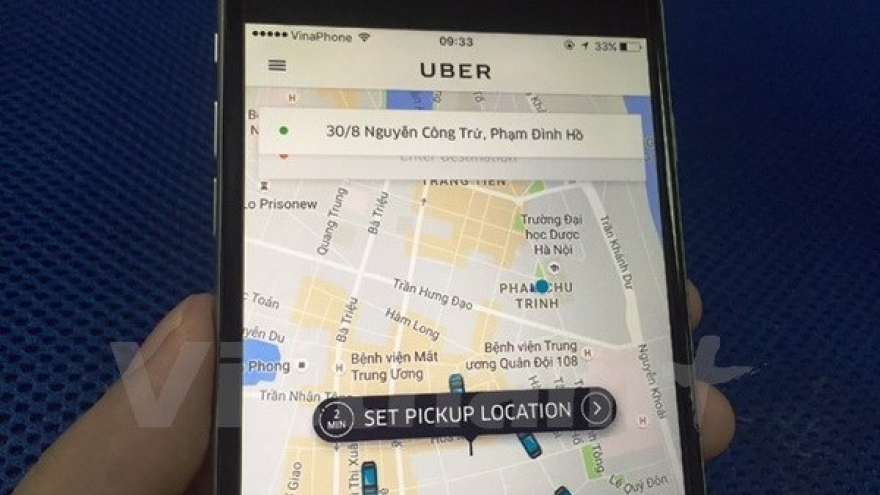Low tax on Uber, Grab 'unfair' for traditional cabs: taxi chairman
Taxi-hailing service providers Uber and Grab enjoy exceptionally low taxes compared to traditional taxi companies in Vietnam, the chairman of Ho Chi Minh City Taxi Association has said.
Conventional taxi companies are subject to a 10% VAT and 20% corporate income tax on revenue while companies like US-based Uber are able to bag as much as 20% of the amount passengers pay for a ride while only paying a three percent VAT, Ta Long Hy said at a conference on February 24.
That translates into a tax of 0.6% of Uber’s total revenue, Hy told the event on fair competition in the taxi industry.
 |
| Traditional Vietnamese taxis |
The remaining 80% of total revenue lands in the pockets of its partnered drivers, each of whom is also subject to a VAT of only 3%, equivalent to 2.4% of the service’s total revenue.
In total, Uber and its drivers pay a 3% of tax on their revenue, approximately ten times lower than the tax imposed on traditional taxi companies.
“In 2016, taxi companies in Ho Chi Minh City contributed over VND1 trillion [US$44.64 million] in taxes and other fees to the city’s budget,” Hy said.
“How much tax does the city take in from Uber, considering the fact that there are many more Uber and Grab vehicles than traditional taxis?”
The number of taxis in Ho Chi Minh City has been maintained at 11,000 since 2010, Hy said, while authorities licensed over 20,000 cars to offer transportation service on contract during the same period.
“The way [Uber and Grab] are taxed is not only unfair for traditional taxi companies, but also causes huge losses in tax for the city,” Hy concluded, proposing that ride-hailing service providers be taxed 5% instead of the current rate.
In response, Nguyen Van Thanh, chairman of Vietnam Automobile Transportation Association, said the association would be working with the Department of Tax Policy under the Ministry of Finance to discuss new taxation policies for Uber and Grab.
In the meantime, he advised taxi businesses to apply technology in their operation to reduce costs and improve service quality in order to keep up with their competitors.




